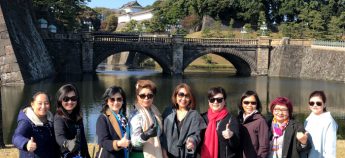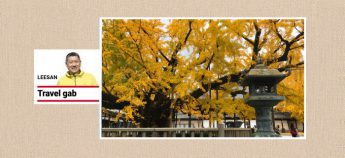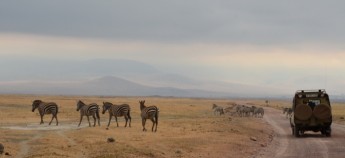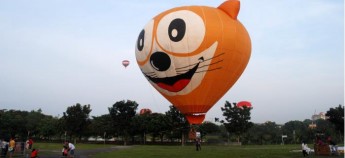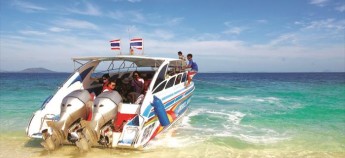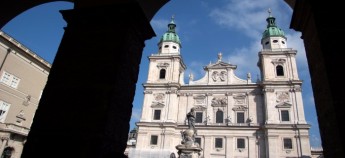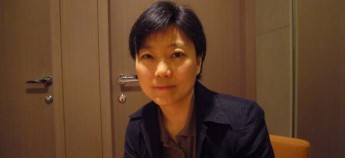
The Darvaza Gas Crater is one of the top places to visit in Turkmenistan. — Photos: CLIFF LAI
Make Turkmenistan one of your must-see countries — by Leesan
The most mysterious of the “stan” countries,
Turkmenistan is a destination worth checking out.
Stepping into the 126th country of my travels, I’m once again struck by the world’s diversity.
Turkmenistan is a country that carries the historical burden of wars and natural disasters. But God has also bestowed upon it a wealth of resources in the form of oil and gas. Throughout the years, the country has learnt to embrace change and progress in urban aesthetics. We may think that Turkmenistan is very different from our own country, but it is this uniqueness that makes it a destination worth visiting.
Turkmenistan is a pivotal station in the Silk Road of Asia and Europe, with an area of 440,000sq km. They have a population of six million people, of which 97% are liberal Muslims. It is a republic that practically rebuilt itself from the ground up after a 9.0-magnitude earthquake in 1948 wiped out almost 2/3 of its population.
In addition to that disaster, the country also lived through 66 years of socialist rule under the Soviet Union.
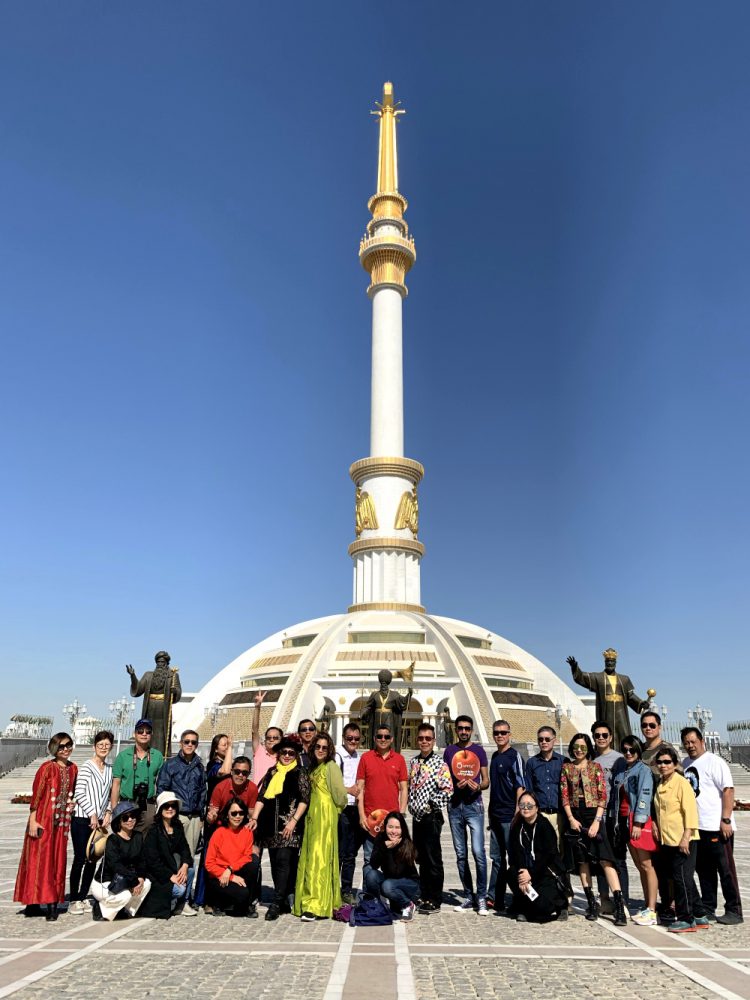
Turkmenistan has only opened up to foreign tourism in recent years.
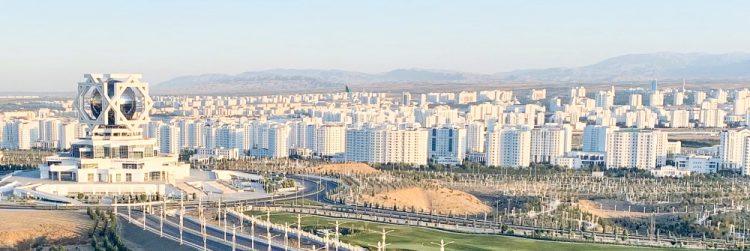
This is a republic that regained its standing after a 9.0 magnitude earthquake in 1948 wiped out almost 2/3 of its population, in addition to 66 years of socialism baptism by the Soviet.
Turkmenistan only gained independence in 1991 but has unexpectedly become one of today’s top powers among the five Central Asian countries situated along the ancient Silk Road. The government today actively carries a planned economy strategy and contributes equal welfare, medicine and free education for life for all its citizens.
The first president (who died of heart disease in 2006) and the second president (who is now in his 14th year of rule), are widely respected leaders. Tolerant, patriotic leaders with a heart for the people; there are certainly few in the world.
Since 1995, the government declared that Turkmenistan would be a neutral country and will not participate in any international wars and disputes, emulating the peaceful wishes of Switzerland and Norway. Apparently, both presidents insisted on building a stronger city, and is constantly modernising and giving their people a good life. Of course, it is crucial that oil production capacity and profits must rise steadily, as Turkmenistan’s agricultural, industrial, tourism industries have become stagnant, and 75% of their raw materials are reliant on imports.

The exterior and interior of Turkmenistan’s international airport, state-of-the-art and appealing.
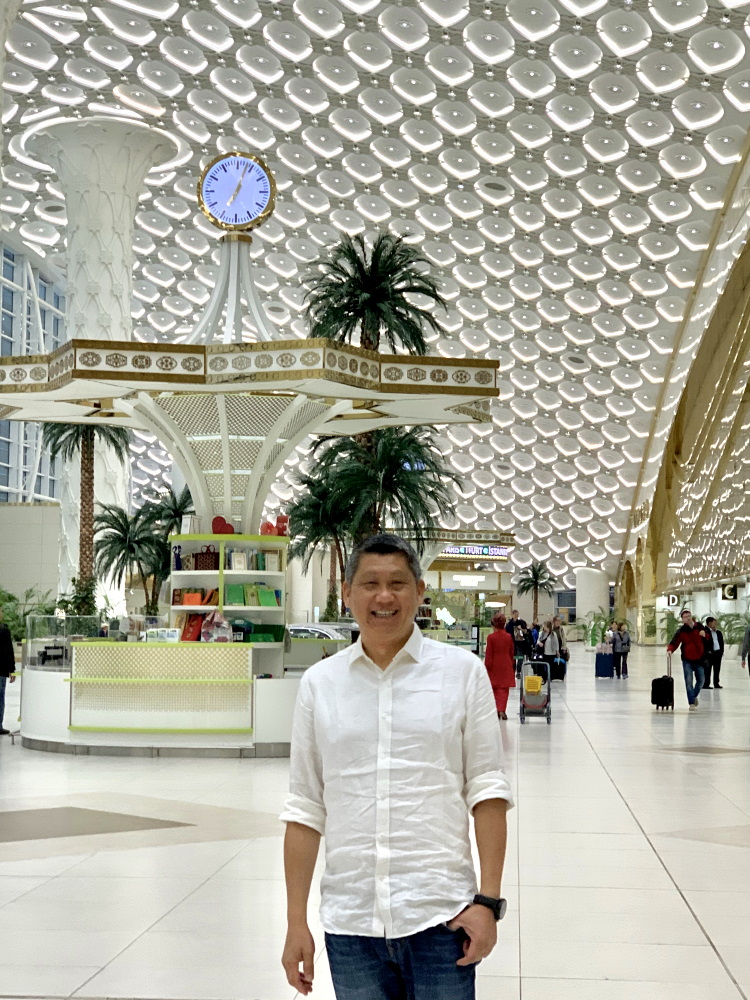

The Kyz Kala Fortress is situated outside Merv’s city walls. Turkmenistan has three Unesco World Heritage Sites.
Our plane flew from the ancient city of Mary to the country’s capital, the city of Ashgabat. The first impression of this city that began to develop in 1881 is that of an overachiever displaying his strength. The night lights in the evening dazzle like in Las Vegas – such a beautiful sight!
If you look carefully, you will see a young independent country that started off poor but now has thousands of Italian marble buildings on every street in the city, neatly arranged and beautifully shaped. It’s an amazing sight to behold, and definitely something tourists can enjoy.
This treasure kingdom has every right to be “arrogant” – Ashgabat is listed in the Guinness World Records for being the most “marble-clad, whitest, cleanest and non-smoking city”. What an honour!
However, there are rumours saying it is deserted and describing it as a “ghost town” with only a few visitors. This is just reckless as I can assure you none of rumours is true!
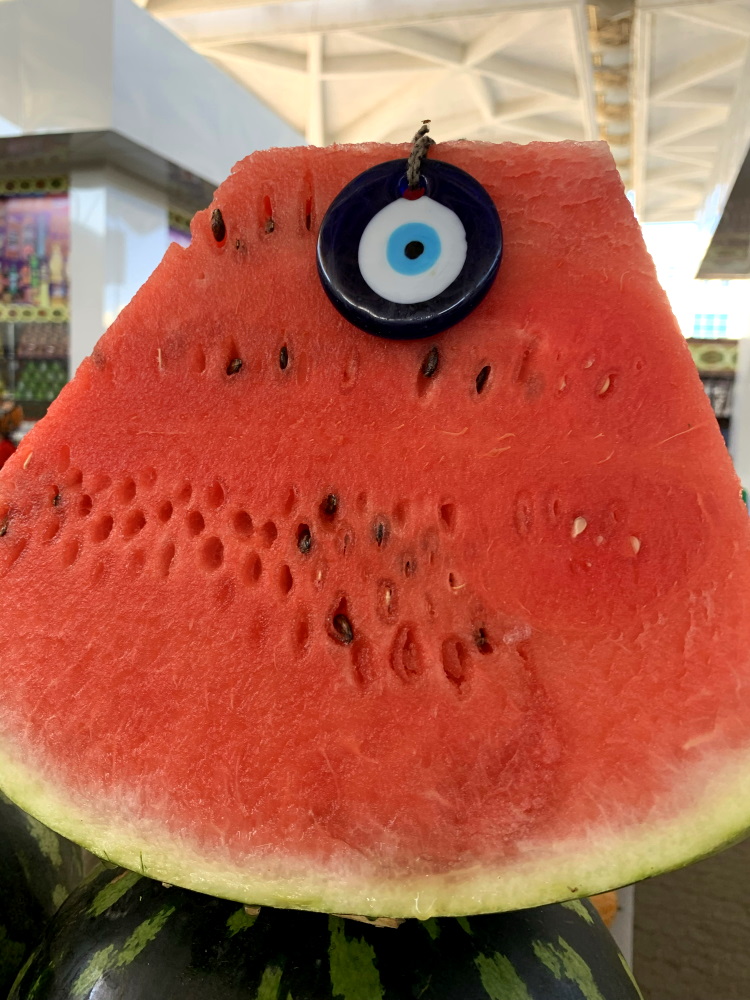
he local special melon is sweet and crunchy, with a long planting history and resources.

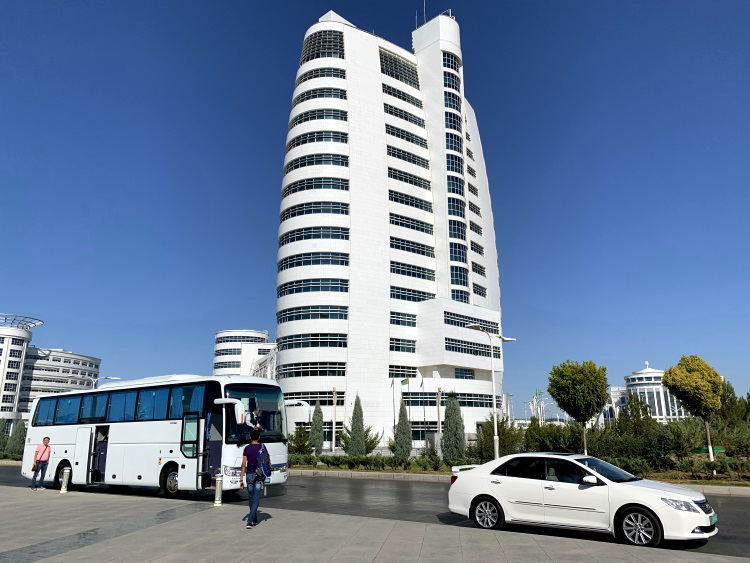
After the Soviet Union dissolved, 540 plus marble buildings were erected on 4.5 million square metres of land, winning this desert city the title of “white city”.


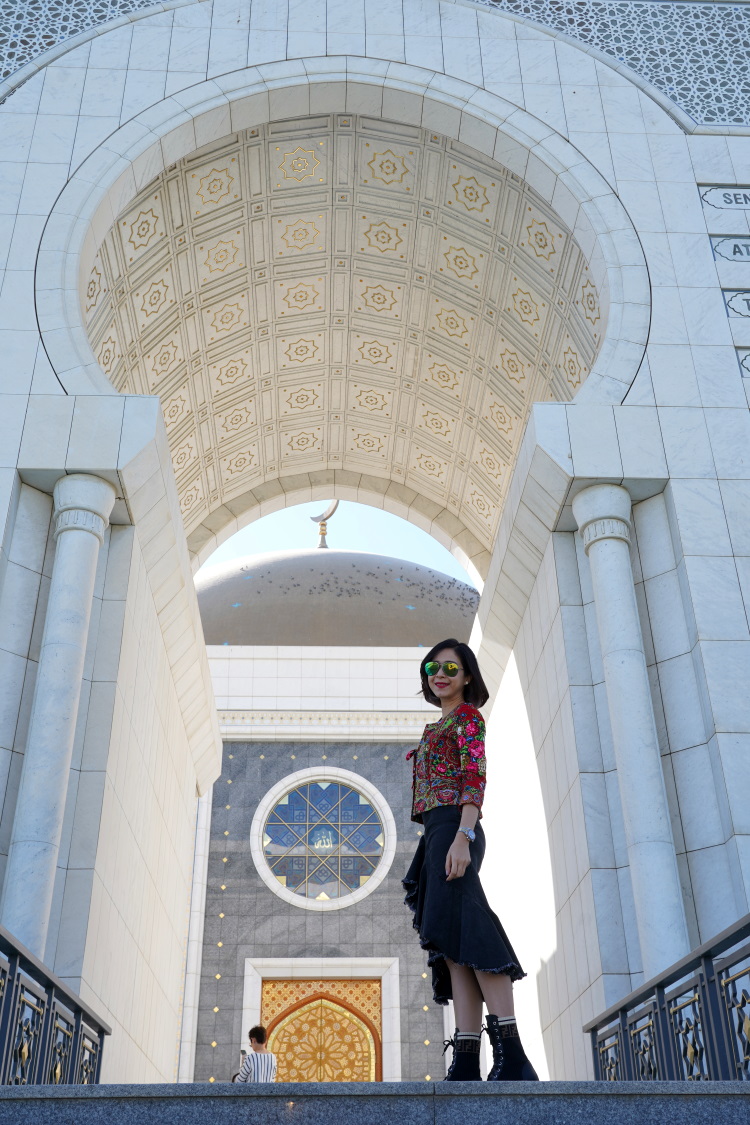
I admire the dominance of the white blocks of residential towers, government offices, and the state-owned stores in the city. The roads are spacious, bright and dust-free, while 90% of the cars are also white, exuding a clean feeling. The government built this new area that incorporates many international designer’s works. You can see this in the street lamps, eco-friendly pedestrian streets, green parks, large monuments, huge sculptures, colourful fountains, bus stops, state-run shops, wedding palace and airports. Each one seems superior and outstanding.
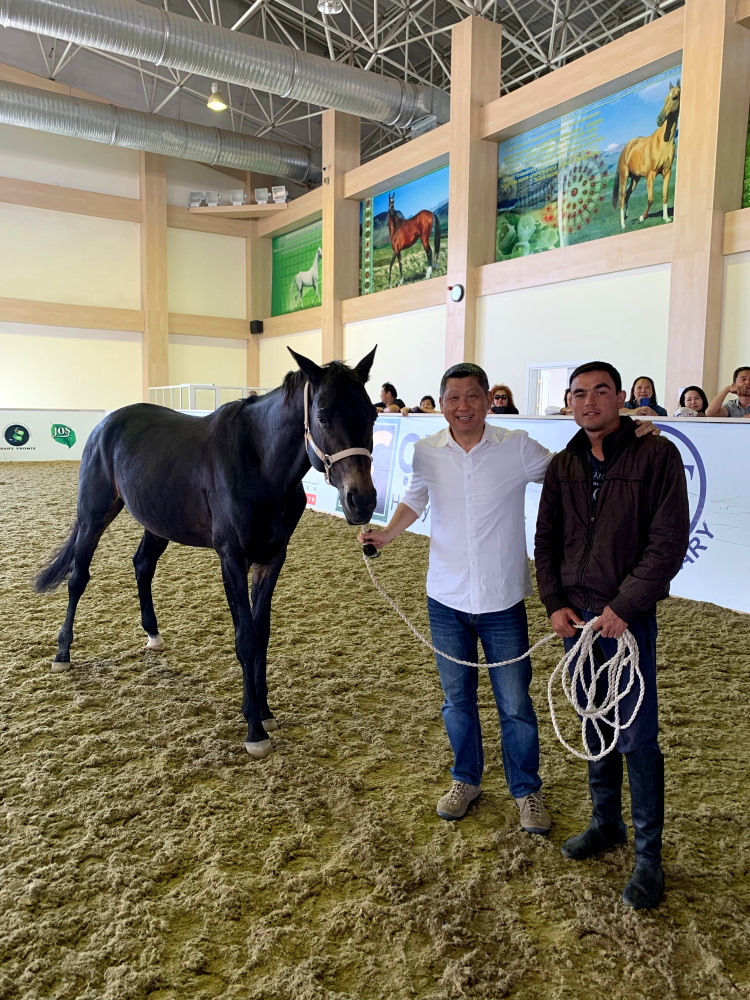
There are only about 3,000 Ferghana horses left in the world.
It is also interesting to note that the country has a textile minister and a horse minister. The Ferghana horse of Turkmenistan was once Genghis Khan’s personal warhorse, a rare and precious species with only 3,000 left in the world. One of the horse minister’s responsibilities is to ensure that their Ferghana horses mature safely (the president also has a deep love for horses and dogs).
Compared to other countries in the Middle East, Turkmenistan is a lot more religiously open-minded. They are Sunni Muslims, but they do not adopt the religious cultures of Saudi Arabia. Most importantly, the line between politics and religion there is distinct.
However, they are still a conservative nation and somewhat restrictive in terms of “connecting with the world”. Unless circumvention can be done, 90% of foreign websites are blocked there. In fact, only 10-20% of the people can have access to broadband services. Because of this, one may perceive Turkmens as pitiful folk who are shut off from the world. In reality, though, you and I know that the online world is a potent poison. Obviously, Turkmens do not need to spend time online to know about world news. Moreover, they are surprisingly happy and humane.
Think about it: 80% of the country’s land is desert, and it is sparsely populated. Won’t a broad-minded boldness develop? The historically experienced and ethnically mixed Turkmenistan have streets full of handsome and healthy men and women, all smiling at each other. As there are fewer than 20,000 inbound tourists, the locals are exceptionally fond of seeing foreign tourists. They will take the initiative to pose for a photo with you; even the market aunties will come swarming like bees. Aren’t they friendly?
At the market, I observed the surroundings. There are no loud noises, the place is clean and there are no foul smells either. Prices are clearly labelled for all vegetables, fruits and groceries – no hidden or misleading tags, it is a civilised nation. The markets are also non-smoking areas.
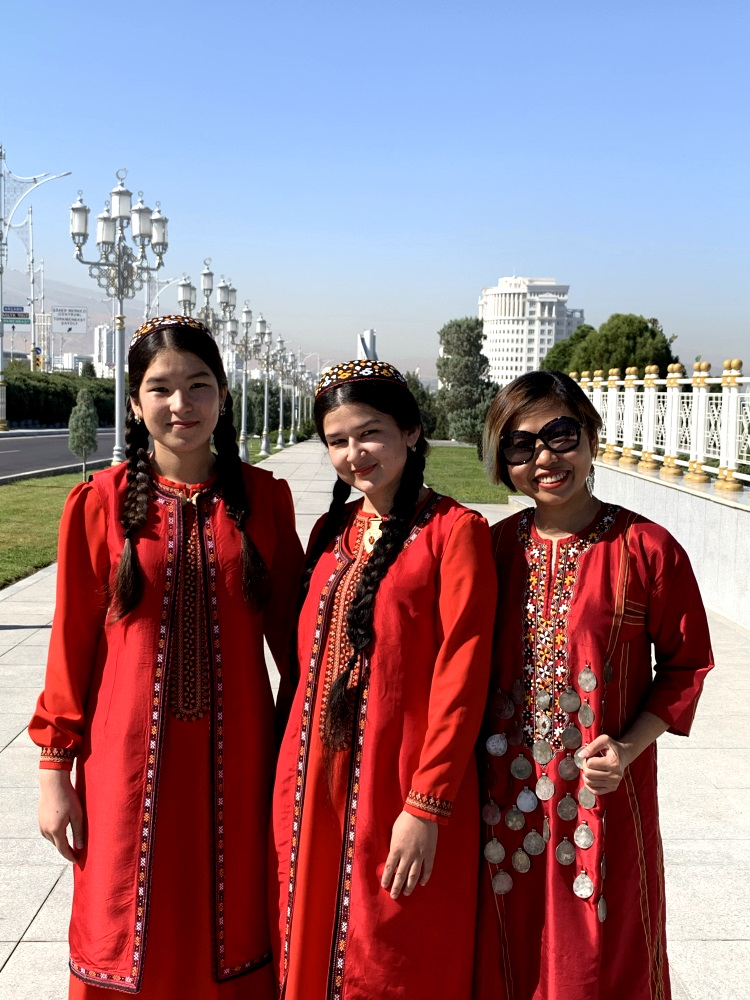
Turkmens are happy to see foreign tourists visiting their country. Some may even want to pose for pictures with the visitors.
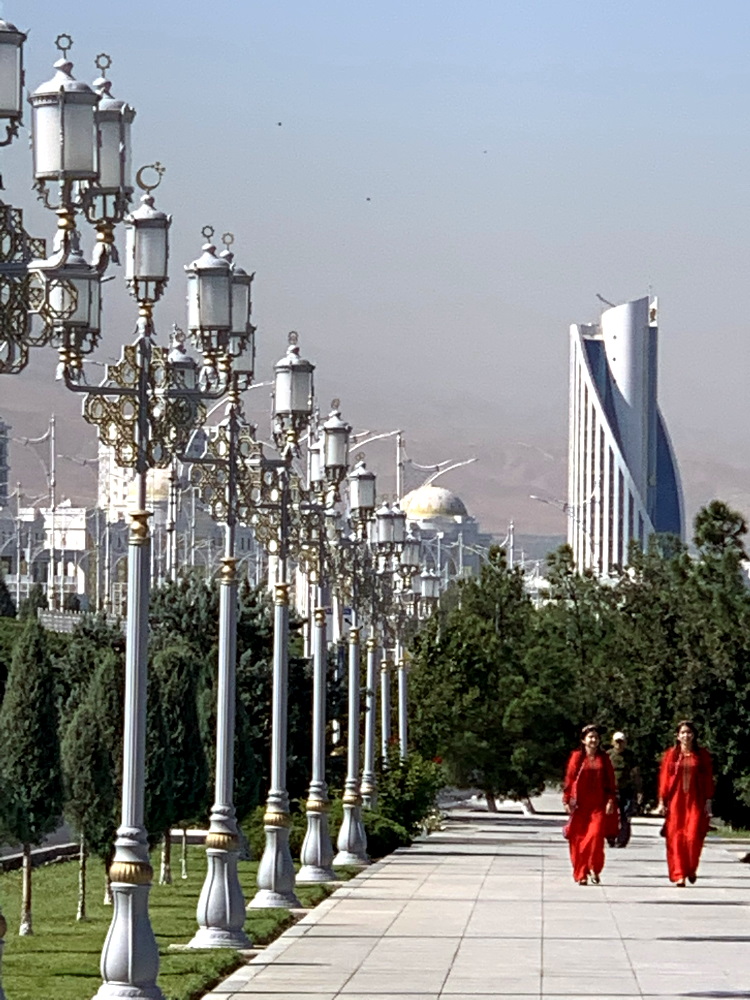
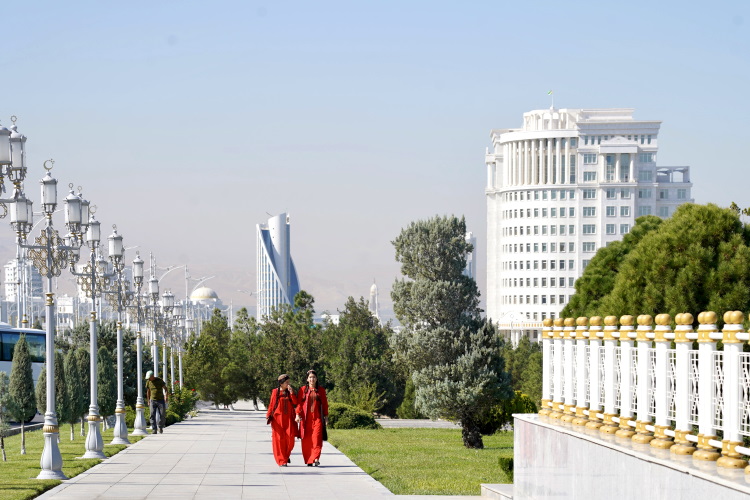
In fact, after being oppressed by the Soviet Union for 66 years, the Turkmens have become completely liberated from the constraints of religion, mindset, and material enjoyment – they were reborn, so to speak.
It is only in the 28th year of development but its infrastructures and educational achievements are enough for me to drool. With solid structures and a broad path, the next step is to see how a total of 30 state-run colleges and universities can cultivate talents and wise people.
In the state-run six-star hotel, a staff was delighted to know that we were from Malaysia. As it turns out, most people in the five Central Asian countries know that Malaysia is a diverse country.
They joked, “I will try riding the Ferghana horse to visit your country’s ‘Old Horse’ (a pun on Prime Minister Tun Mahathir Mohamad’s name).” They are indeed humorous. Perhaps everyone has a skeleton in their closet?
TURKMENISTANTRAVEL NOTES
From Dec 22, Turkmenistan Airlines will resume flights from Ashgabat to Kuala Lumpur International Airport, three times weekly. The flight is about eight hours.
Merv Historical Site
Mary is currently the fourth largest city in the country, with a population of 130,000. Merv, a big 300BC, man-made abandoned city lies 10km away. According to historians, Merv was an important political economy of the Silk Road and a communication centre for philosophers in the 13th century. At that time, the resident population was about 500,000 people. From Persia to Greece, Mongolia, and Arabia, Buddhism, Christianity and Islam successively entered Merv, thus leaving a valuable culture of beliefs and ideologies, which includes the foundation of basic education. However, due to various effects and the aftermath of war, Merv was completely abandoned in the hands of the Soviet Union in 1989. In 1999, it was declared a Unesco World Heritage Site.

The Tomb of Ahmad Sanjar, Merv was built in 1157, following the death of Ahmad Sanjar(Sultan of the Great Seljuq Empire,Reign 1118–1157).
Darvaza Gas Crater
Most tourists come for this “Door to Hell”. Although called a “door”, it is actually a man-made crater filled with flammable gas.
In the early 1970s, geologists came to the area to search for underground natural gas. After digging three pits in the desert, no natural gas was found but an oil field was discovered just 10km away.
Shortly after that, the old pits that had been dug out (measuring about 50-100m in diameter) started to burn… this blazing flame has been burning for 48 years and never extinguished! It’s a man-made miracle.
It burns around the clock, but the most suitable time to witness this is in the evening, when you can better experience the “infernal fire”, making it seem and look like it is the entrance to Hell.
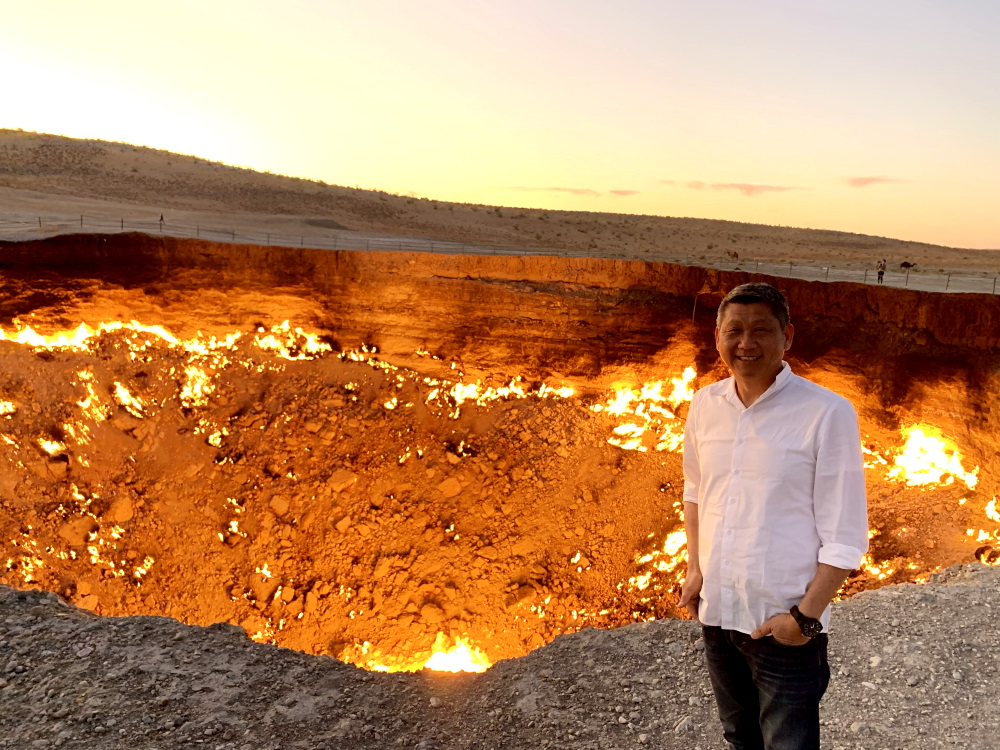
The writer checking out the weather at the ‘Door to Hell’.



Leesan, the founder of Apple Vacations, has travelled to 127 countries, six continents and enjoys sharing his travel stories and insights. He has also authored two books.
The views expressed are entirely the writer’s own.
Published in STAR 2, 9 Nov 2019
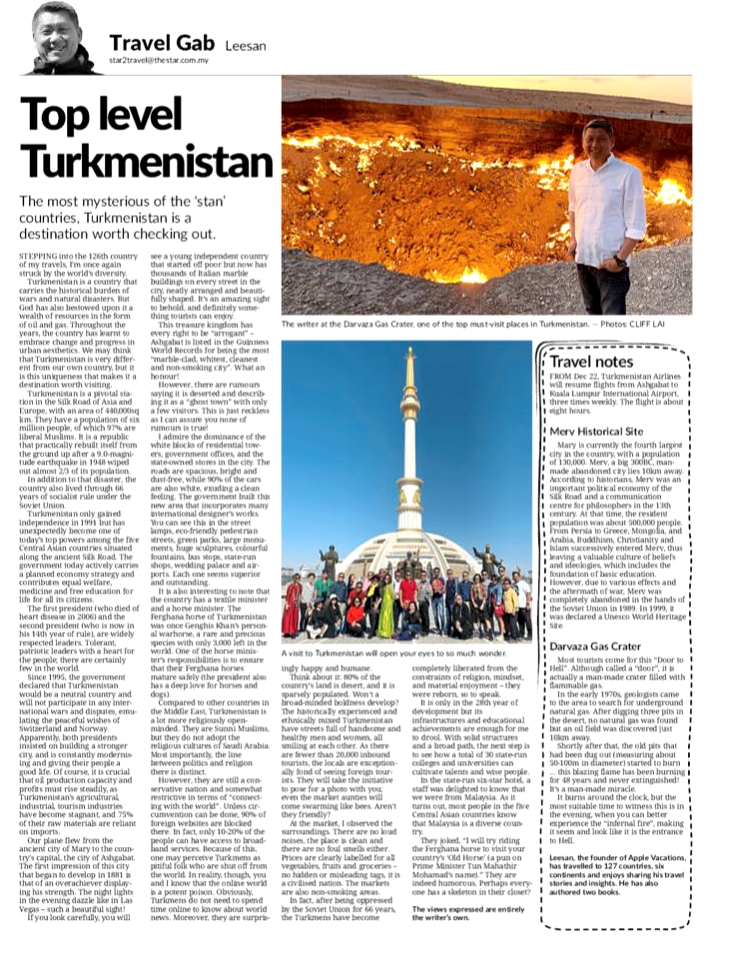
Mandarin Version:
《苦尽甘来 ‧ 土库曼斯坦》
全球超过80000家酒店,Apple101助您轻松订房,出行无忧,绝对优惠价。入住期间付款,多数客房可免费取消!



